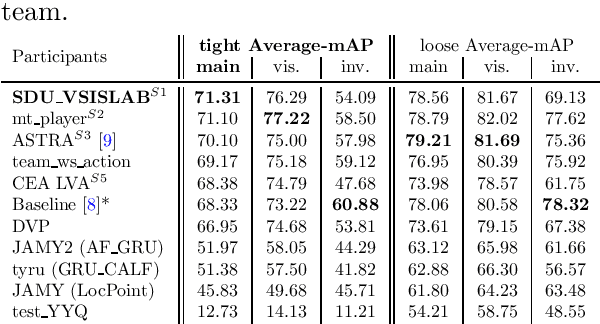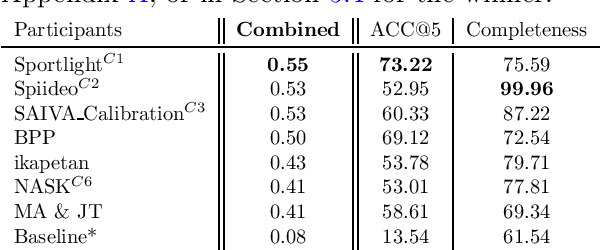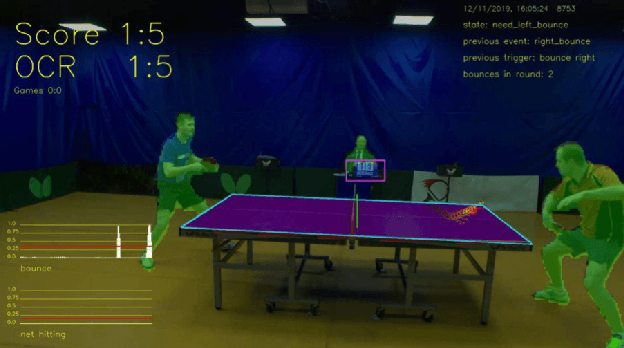Nikolay Falaleev
Self-Controlled Diffusion for Denoising in Scientific Imaging
Apr 22, 2025Abstract:This paper presents a novel approach for denoising Electron Backscatter Diffraction (EBSD) patterns using diffusion models. We propose a two-stage training process with a UNet-based architecture, incorporating an auxiliary regression head to predict the quality of the experimental pattern and assess the progress of the denoising process. The model uses an adaptive denoising strategy, which integrates quality prediction and feedback-driven iterative denoising process control. This adaptive feedback loop allows the model to adjust its schedule, providing fine control over the denoising process. Furthermore, our model can identify samples where no meaningful signal is present, thereby reducing the risk of hallucinations. We demonstrate the successful application of diffusion models to EBSD pattern denoising using a custom-collected dataset of EBSD patterns, their corresponding master patterns, and quality values.
SoccerNet 2023 Challenges Results
Sep 12, 2023



Abstract:The SoccerNet 2023 challenges were the third annual video understanding challenges organized by the SoccerNet team. For this third edition, the challenges were composed of seven vision-based tasks split into three main themes. The first theme, broadcast video understanding, is composed of three high-level tasks related to describing events occurring in the video broadcasts: (1) action spotting, focusing on retrieving all timestamps related to global actions in soccer, (2) ball action spotting, focusing on retrieving all timestamps related to the soccer ball change of state, and (3) dense video captioning, focusing on describing the broadcast with natural language and anchored timestamps. The second theme, field understanding, relates to the single task of (4) camera calibration, focusing on retrieving the intrinsic and extrinsic camera parameters from images. The third and last theme, player understanding, is composed of three low-level tasks related to extracting information about the players: (5) re-identification, focusing on retrieving the same players across multiple views, (6) multiple object tracking, focusing on tracking players and the ball through unedited video streams, and (7) jersey number recognition, focusing on recognizing the jersey number of players from tracklets. Compared to the previous editions of the SoccerNet challenges, tasks (2-3-7) are novel, including new annotations and data, task (4) was enhanced with more data and annotations, and task (6) now focuses on end-to-end approaches. More information on the tasks, challenges, and leaderboards are available on https://www.soccer-net.org. Baselines and development kits can be found on https://github.com/SoccerNet.
TTNet: Real-time temporal and spatial video analysis of table tennis
Apr 21, 2020



Abstract:We present a neural network TTNet aimed at real-time processing of high-resolution table tennis videos, providing both temporal (events spotting) and spatial (ball detection and semantic segmentation) data. This approach gives core information for reasoning score updates by an auto-referee system. We also publish a multi-task dataset OpenTTGames with videos of table tennis games in 120 fps labeled with events, semantic segmentation masks, and ball coordinates for evaluation of multi-task approaches, primarily oriented on spotting of quick events and small objects tracking. TTNet demonstrated 97.0% accuracy in game events spotting along with 2 pixels RMSE in ball detection with 97.5% accuracy on the test part of the presented dataset. The proposed network allows the processing of downscaled full HD videos with inference time below 6 ms per input tensor on a machine with a single consumer-grade GPU. Thus, we are contributing to the development of real-time multi-task deep learning applications and presenting approach, which is potentially capable of substituting manual data collection by sports scouts, providing support for referees' decision-making, and gathering extra information about the game process.
 Add to Chrome
Add to Chrome Add to Firefox
Add to Firefox Add to Edge
Add to Edge